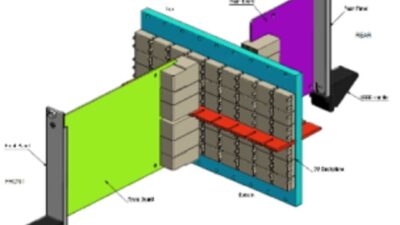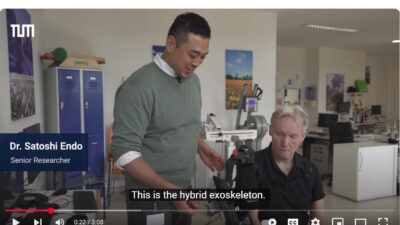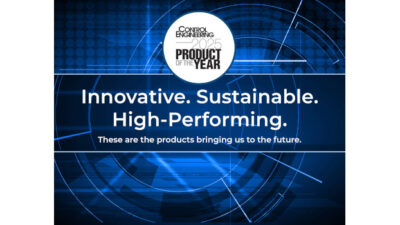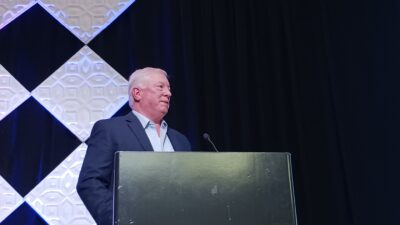A feedback controller can keep an oven's temperature within acceptable ranges, sustain the pressure in a steam supply line as demand fluctuates, and maintain a car's speed through an uphill climb. Every feedback controller has a different strategy for accomplishing its particular mission, but all use some variation on the closed-loop control algorithm—measure a process variable, dec...
A feedback controller can keep an oven’s temperature within acceptable ranges, sustain the pressure in a steam supply line as demand fluctuates, and maintain a car’s speed through an uphill climb. Every feedback controller has a different strategy for accomplishing its particular mission, but all use some variation on the closed-loop control algorithm—measure a process variable, decide if its value is acceptable, apply a corrective effort as necessary, and repeat the whole operation ad infinitum .
Open loop controllers, on the other hand, do not use feedback. They apply a single corrective effort when so commanded and assume that the desired results will be achieved. An oven may have a separate open-loop controller that opens and closes the oven doors without verification. The steam supply system may have an emergency shutdown controller that automatically cuts power and vents the lines when a dangerous over-pressure condition is detected.
Even feedback controllers must operate in the open-loop mode on occasion. A sensor may fail to generate the feedback signal or an operator may take over the feedback operation to manipulate the controller’s output manually.
Operator intervention is generally required when a feedback controller proves unable to maintain stable closed-loop control. For example, a particularly aggressive pressure controller may overcompensate for a drop in line pressure. If the controller then overcompensates for its overcompensation, the pressure may end up lower than before, then higher, then even lower, then even higher, etc. The simplest way to terminate such unstable oscillations is to break the loop and regain control manually.
Expert operators
There are also many applications where experienced operators can make manual corrections faster than a feedback controller can. Using knowledge of the process’ past behavior, operators can manipulate process inputs now to achieve the desired output values later. A feedback controller, on the other hand, must wait until the effects of its latest efforts are measurable before it decides on the next appropriate control action. Predictable processes with long time constants or excessive deadtime are particularly suited for open-loop manual control.
The principal drawback of open-loop control is accuracy loss. Without feedback, there is no guarantee that the control inputs applied to the process will actually have the desired effect. If speed and accuracy are both required, open-loop and closed-loop control can be applied simultaneously using a feedforward strategy. A feedforward controller uses a mathematical model of the process to make its initial control moves like an experienced operator would. It then measures the results of its open-loop efforts and makes additional corrections as necessary like a traditional feedback controller.
Feedforward is particularly useful when sensors are available to measure an incoming disturbance before it hits the process. If its future effects on the process can be accurately predicted with the process model, the controller can take preemptive actions to absorb the disturbance as it occurs.
For example, if a car equipped with cruise control and radar could see a hill coming, it could begin to accelerate even before it begins to slow down. The car may not end up at the desired speed as it climbs the hill, but even that error can eventually be eliminated by the cruise controller’s normal feedback control algorithm. Without the advance notice provided by the radar, the cruise controller wouldn’t know that acceleration is required until the car had already slowed below the desired speed halfway up the hill.
| Author Information |
| Consulting Editor, Vance J. VanDoren, Ph.D., P.E., is president of VanDoren Industries, West Lafayette, Ind. |



